What is the best concentration of Iron Man Rose Summer Coffee in Panamanian Aurora Manor? analysis of Iron Man Rose Summer Baking
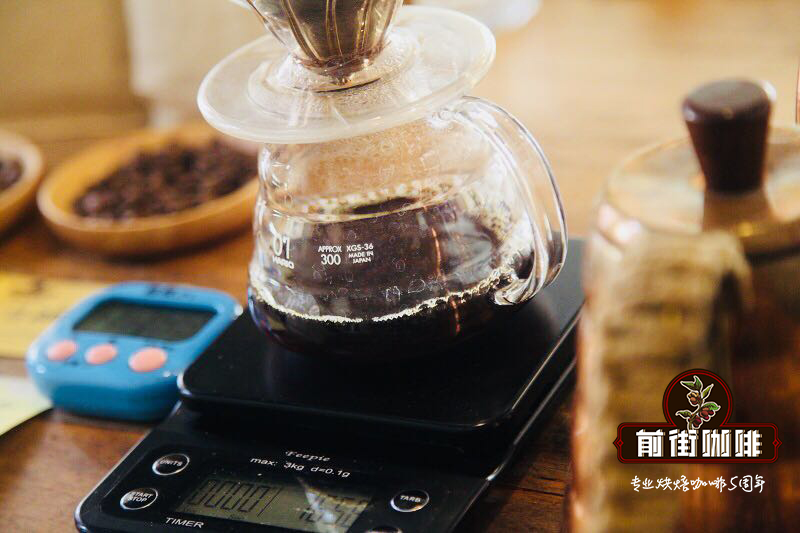
Professional coffee knowledge exchange more coffee bean information please follow the coffee workshop (Wechat official account cafe_style)
Panamanian Aurora Iron Man Manor Rose Summer Auromar Camilina Gesha
Panama tanning group NO1 2016
Variety: Rose summer
Introduction to Manor Story Information:
The Iron Man Rose Summer is a nickname for the Panamanian Oroma Rose Summer, which is used in the auction lots sold during the auction for the best coffee in Panama. Since 2006, Auromar S.A. Start to produce high-end high-quality SHB coffee beans. At present, the project is almost specialized in the cultivation of rose summer beans and the production of a small number of high-quality coffee beans.
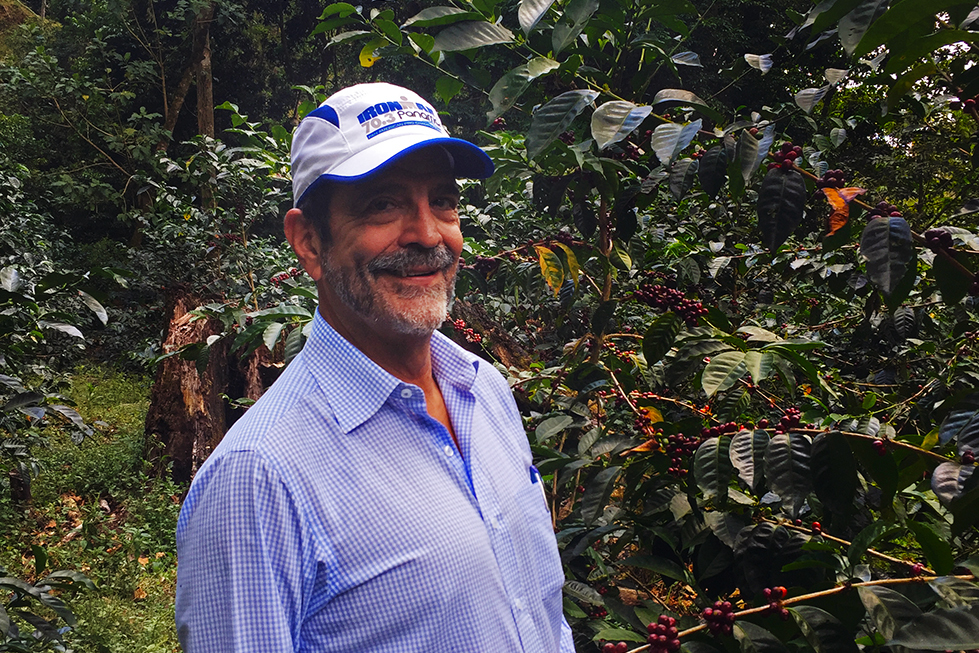
[note: Kexi is a dwarf mutation of bourbon varieties with excellent quality, which is conducive to the production of excellent quality. ]
Oroma Manor is located in the northwest corner of the Chiriki province of Panama, belongs to the Kendra region, only 2 kilometers away from Costa Rica. Of the 31 hectares, 16 hectares are pristine upland rainforests, located at the highest point of the farm, ranging from 1700 to 1775 meters above sea level. The remaining 15 hectares, ranging from 1485 to 1700 meters above sea level, are dedicated to producing coffee beans. The average altitude is 1625 meters, the average annual temperature ranges from 16 to 25 degrees, and the average rainfall is about 3500 millimeters.
Coffee now covers an area of 9 hectares, and the farm will expand to 15 hectares in the next two years. The plantation is semi-shaded, and the trees are all from local endemic species, some of which are Haas alligator pear trees at high altitude. During the 2012-2013 harvest season, the estate produced 1700 pounds of roses and 1600 pounds of grams, both of which were sold to international buyers. In 2013, Oroma's Iron Man Rose Xia also won the championship of the BOP Rose Rose Group.
Roberto Brenes, the owner of the estate, is a typical coffee fanatic. His real identity is the CEO of the Panamanian Stock Exchange. In the early years, he obtained an MBA degree from Columbia University in the United States. After returning to China, he went back to South America for training, and returned to work in Panama a few years later. Roberto's rich experience and enthusiasm are reflected in his own coffee. In the early years, all the estates were cultivated geisha. Since the beginning of this year, the owner has also begun to try many different tree species and treatments, such as Kaduai washed in water and Kaduai in the sun.
The coffee farm was originally a retirement plan for Roberto's family, but because of his own insistence on the quality of coffee, he won the NO1 award in the water washing brothel group in 2013 (BOP). Roberto himself is very fond of Triathlon's sports, and he named this sportsmanship for the batch as Ironman, in which the portion of Geisha produced a total of 1700 pounds, of which 150 pounds were selected to participate in the competition, and the gold price per pound closed at an all-time high of US $160.25. Auromar also won the 10th and 12th place in the most JI A Panama (BOP) brothel group in 2014 and 2015, respectively, with a gold price of more than US $30, which shows its amazing strength. Aurora Manor has countless award-winning records. In September 2014, Aurora Manor Ironman / Panama Ironman Camilina Geisha was rated by Coffee Review as 97, which was the NO1 in the annual score. The batch was named after the beloved granddaughter of the manor owner. The evaluation flavor indicated that the coffee was full of mango, citrus, guava, strong floral aroma, lilac, clove, lily, rich and smooth fruit acid. Similar to syrup and lively taste, colorful and long-lasting flavor.
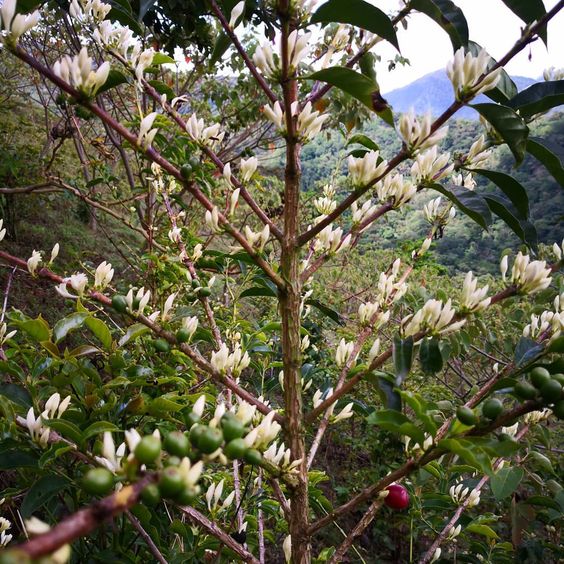
Introduction of coffee bean varieties
The coffee bean species Rose Xia (also known as geisha) is the original species of Arabica. It is very difficult to cultivate and the yield is half that of other coffee beans. Are rare, high-value coffee beans.
1931: a team of botanists visited southwestern Ethiopia and discovered rose beans near the village of Geisha. They brought Geisha seeds to Kenya and planted them in nurseries.
1936: Geisha seeds spread to Uganda and Tanzania.
1953: CATIE, a Costa Rican research institute, obtains some Geisha seeds from Tanzania for research.
1960: Pachi Serracin, the old owner of Don Patch Manor in Panama, brings Rose Summer Geisha to Panama from Costa Rica.
2004: best Panama BOP (Best of Panama auction), Emerald Manor won the first place of the year with its magnificent summer. In the next ten years, as long as you participate in the exhibition, you will get a big prize.
2007: in the international famous bean cup test competition featured by American boutique coffee (SCAA), Rosa won the championship again, and the bidding price was sold at US $130 per pound, the highest price since the competition beans.
2008: Jade Manor opens its own bidding meeting (BOP did not participate in the competition that year).
2012: best Panamanian BOP (Best of Panama auction), divided into traditional group, Geisha group and tanning group, so as not to be stolen by Geisha in all beans during the competition.
2014: best Panama BOP (Best of Panama auction), subdivided into geisha tanning, geisha washing, traditional tanning, traditional washing, because geisha will still steal the beauty of the tanning group.
2015: best Panama BOP (Best of Panama auction), divided into winning group sunburn, winning group water washing, traditional tanning, traditional washing, allowing another excellent variety, Pacamala Pacamara, to join the competition, but the result was bleak, with only one batch of 32 batches shortlisted.
2005: best Panama BOP (Best of Panama auction): $20.10 (first batch)
2006: best Panama BOP (Best of Panama auction): $50.25 (first batch)
2007: best Panama BOP (Best of Panama auction): $130 (first batch)
2008: La Esmeralda Jade Manor auction: $105.25
2009: La Esmeralda Jade Manor auction: $117
2010: best Panama BOP (Best of Panama auction): $170
2011: best Panama BOP (Best of Panama auction): $75.25 (No. 1 in the washing group) and Don Pachi Geisha in the tanning group ($111.5)
2012: La Esmeralda Jade Manor auction: $66 (did not participate in BOP that year)
2013: best Panamanian BOP (Best of Panama auction): $350 (No. 1 in Sunshine Group, won by Japan)
2014: La Esmeralda Jade Manor auction: $105.5 (this batch had beans last year)
2015: La Esmeralda Jadeite Manor auction: 131USD (third batch) / US $122.01 (first batch)
Best Panama BOP (Best of Panama auction): $140.01 (Sun Geisha Champion)
Treatment: insolation, 2016 BOP NO 1 batch
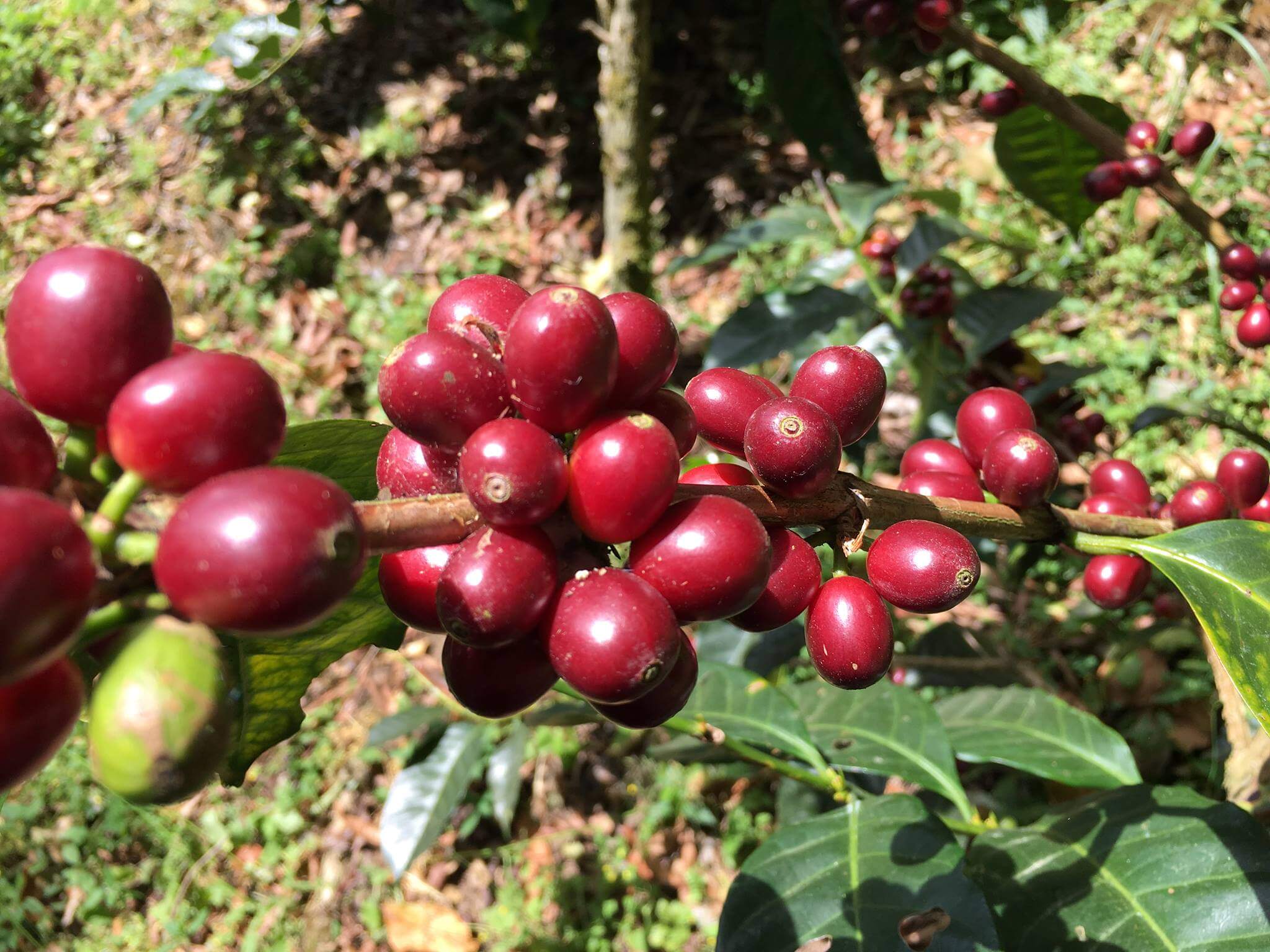
Introduction to the treatment method:
Solarization (Dry process/Natural method)
Sun drying is the oldest and most primitive treatment of coffee beans. Compared with water washing, this drying method of coffee is also known as "natural coffee" or "sun coffee". The harvested coffee fruit is directly exposed to the sun for about two to four weeks. This method is generally used in countries with a clear dry and wet climate.
"Solar method-treatment process"
1. Harvest ripe coffee fruit
two。 Preliminary selection of impurities and inferior beans
3. Select floating beans: pour the coffee fruit into the sink, the ripe and full fruit will sink to the bottom of the sink, and the immature or incomplete fruit will surface.
4. Sun drying
Take out the ripe coffee fruit that sank at the bottom of the sink and spread it in the sun-drying field to reduce the moisture from 70% to about 10-12%. Turn the fruit several times a day to dry evenly, and cover it at night to avoid moisture.
5. Remove the shell: after about two to four weeks of exposure, the outer layer of the coffee seed has been dry and hard, and then use a sheller to remove the shell.
6. Packaging and transportation
After shelling, the coffee beans will be packed in a bag, which is also what we generally call raw beans. Finally, after different baking processes and brewing changes, it can show the taste changes of millions of kinds of coffee.
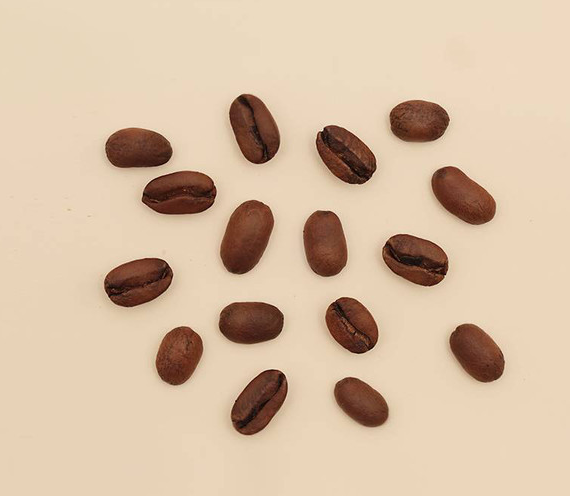
Qianjie Baking suggestion / Analysis
Rose summer, as the most outstanding variety of coffee, is very popular with coffee lovers. Among them, the rose summer treated with water can best highlight the flavor characteristics of the rose summer itself. Rose summer is special in that it has very obvious and clear floral and citrus flavor, very high cleanliness, soft and elegant acidity, long-lasting cotton sweetness, and the taste of high-grade black tea.
To fully show these qualities, you have to work on baking. Rosa rugosa is generally planted at a high altitude of more than 1500 meters, which is a kind of beans with high hardness and high density. Its shape is full, medium particle size, thick and long bean body, pointed at both ends.
So how to express the unique flavor of Rosa Rosa by baking?
The idea of baking is that because of the high hardness and density of beans, a large fire will be used to dehydrate in the early stage, and the temperature difference between the bean surface and the bean core will be quickly established. In order to have more fragrance of flowers, Maillard's reaction time is relatively short, so after turning yellow, it will adjust the fire to medium to high, quickly let the beans into an explosion, and shorten the period from yellowing to the beginning of the explosion can also increase cleanliness. The temperature rises too quickly after an explosion will aggravate the caramelization reaction and grind off the aroma of flowers and fruits, so it will greatly reduce the fire after entering the explosion, pull the low temperature to rise, and the throttle will be fully opened at the beginning of the explosion. Drop the beans at the end of a dense explosion to let the bean core develop and mature with the most residual aroma and sugar.
Description of cup test flavor
Flavor: citrus, Arkansas black apple, carambola, loquat, magnolia, raspberry, cocoa, Bulo banana, hibiscus, blackcurrant, sorghum wood, guava, loquat, Anju pear, coffee fruit, passionflower and persimmon
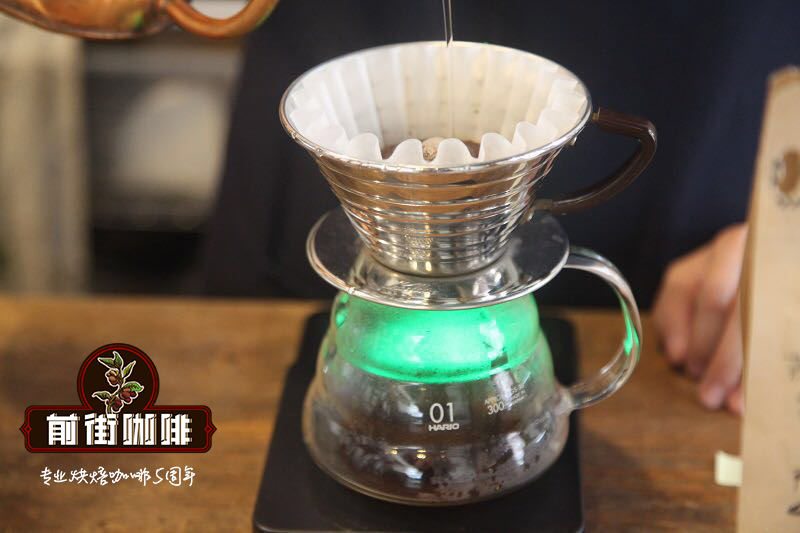
Analysis of Rosa Coffee brewing
Today, we introduce the common methods of Qianjie coffee hand roses summer coffee: three-stage style.
Three-stage water injection method
To inject a section of water into three stages.
Suitable for light, medium and medium roasted coffee beans
Use filter cup kalita cake cup
Increase the steaming time or water cut-off times to improve the rich taste of the coffee.
Segmented extraction method of three-stage water injection
Advantages: it is richer than the one-knife flow, and can clarify the flavor of the front, middle and back of the coffee. The method is to increase the amount of water injection each time after steaming, usually when the coffee liquid is about to drop to the surface of the powder layer, and use small, medium and large water flow to do three-stage extraction.
Disadvantages: there will be relatively high requirements for the flow rate and flow rate of water.
Qianjie [suggestion on hand-brewing parameters of Rosa Coffee]
Cake cup, the use of immersion extraction, so that coffee powder and water contact surface area increased, compared with V60 cooking can improve the texture, drink more sticky feeling
15g powder, water temperature 91-92 degrees, grinding BG 5R (64% pass rate of China marked No. 20 sieve), water powder ratio close to 1:15-16
Technique: 27g water steaming, steaming time for 30s. The hot water in the hand flushing pot draws a circle clockwise with the center of the filter cup in the middle of the filter cup, starts the time when brewing, injects water to 27g, then stops the injection and waits for 30 seconds to inject water for the first time.
When the first water injection is the same as before, the speed can be slowed down slightly, speed up a little when you go around the outer circle, cut off the water at about 1:15 seconds, and then inject water again when the liquid level drops 1 inch 3. The second water injection is concentrated on the central water injection. The water flow should not rush to the place where the coffee powder is connected with the filter paper, so as not to produce channel effect. Finish the extraction at about 2:05 seconds, and the longer the time is, the longer the extraction can be done. The astringent and rough taste will increase.
Segment: 30-125-230g
END
Important Notice :
前街咖啡 FrontStreet Coffee has moved to new addredd:
FrontStreet Coffee Address: 315,Donghua East Road,GuangZhou
Tel:020 38364473
- Prev
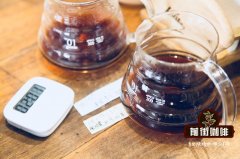
Panamanian Hartmann Manor Rose Summer Coffee how many g Powder is Rose Summer delicious
Professional Coffee knowledge Exchange more information about coffee beans Please follow the coffee workshop (Wechat official account cafe_style) Rosa coffee is grown in many parts of the world, but it is of the highest quality in Panama. Because it is extremely picky about the environment, it must grow at a high altitude of more than 1500 meters, and requires cloud shade, fertile soil and enough accumulated temperature.
- Next
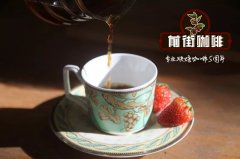
What is the right proportion of rosy summer coffee for Panamanian donkey manor? how to drink donkey manor rose summer?
Professional coffee knowledge exchange more coffee bean information please follow the coffee workshop (Wechat official account cafe_style) Panama Donkey Manor Rose Summer Sun Coffee Bean Manor Story introduction: Panama Alida Donkey Manor owner Panama Elida El Burro Estate Elida Manor, El Burro Donkey Manor, also located
Related
- Detailed explanation of Jadeite planting Land in Panamanian Jadeite Manor introduction to the grading system of Jadeite competitive bidding, Red bid, Green bid and Rose Summer
- Story of Coffee planting in Brenka region of Costa Rica Stonehenge Manor anaerobic heavy honey treatment of flavor mouth
- What's on the barrel of Blue Mountain Coffee beans?
- Can American coffee also pull flowers? How to use hot American style to pull out a good-looking pattern?
- Can you make a cold extract with coffee beans? What is the right proportion for cold-extracted coffee formula?
- Indonesian PWN Gold Mandrine Coffee Origin Features Flavor How to Chong? Mandolin coffee is American.
- A brief introduction to the flavor characteristics of Brazilian yellow bourbon coffee beans
- What is the effect of different water quality on the flavor of cold-extracted coffee? What kind of water is best for brewing coffee?
- Why do you think of Rose Summer whenever you mention Panamanian coffee?
- Introduction to the characteristics of authentic blue mountain coffee bean producing areas? What is the CIB Coffee Authority in Jamaica?

